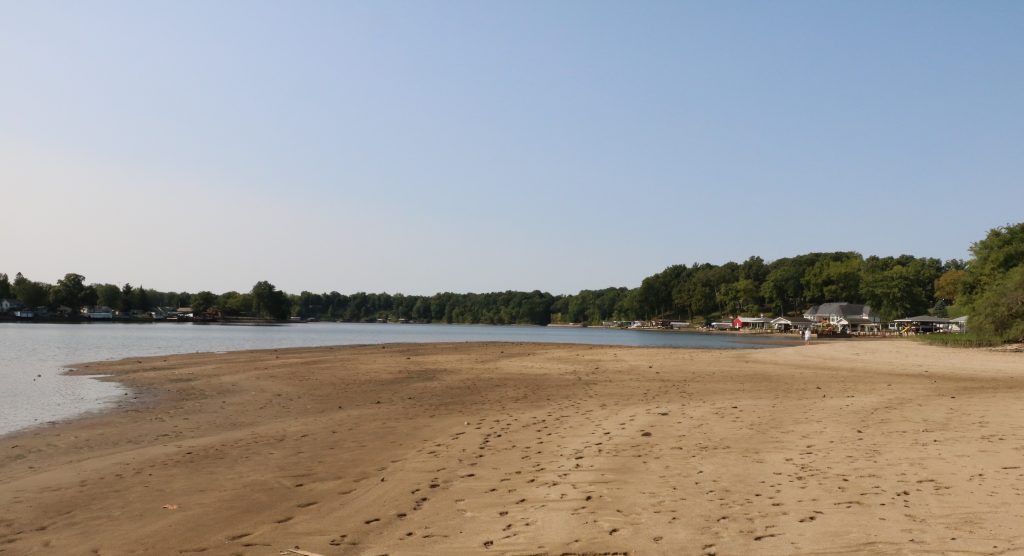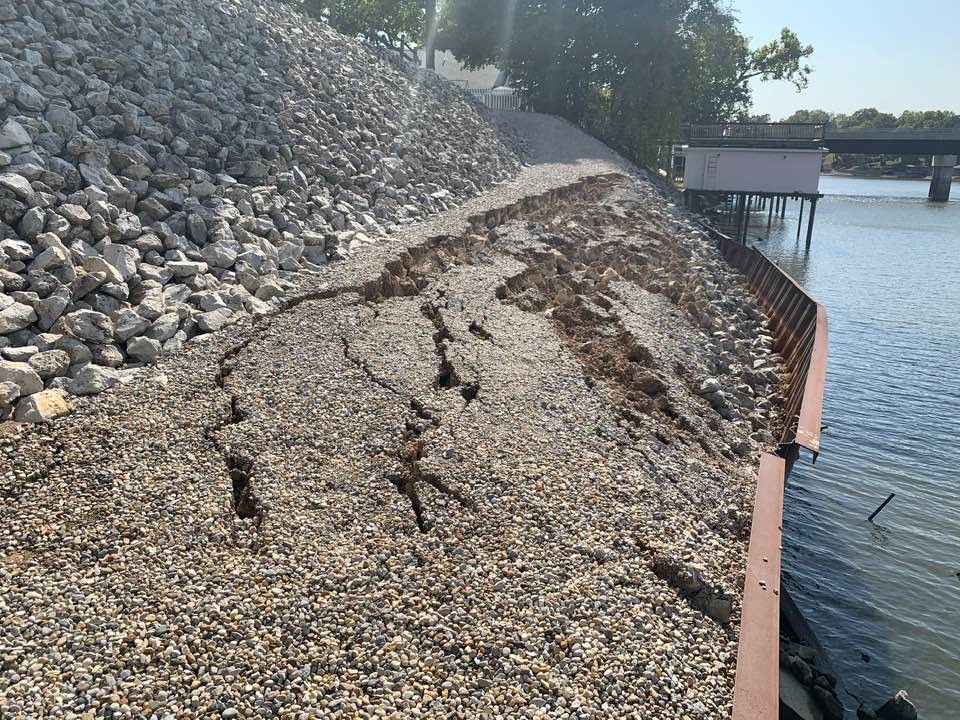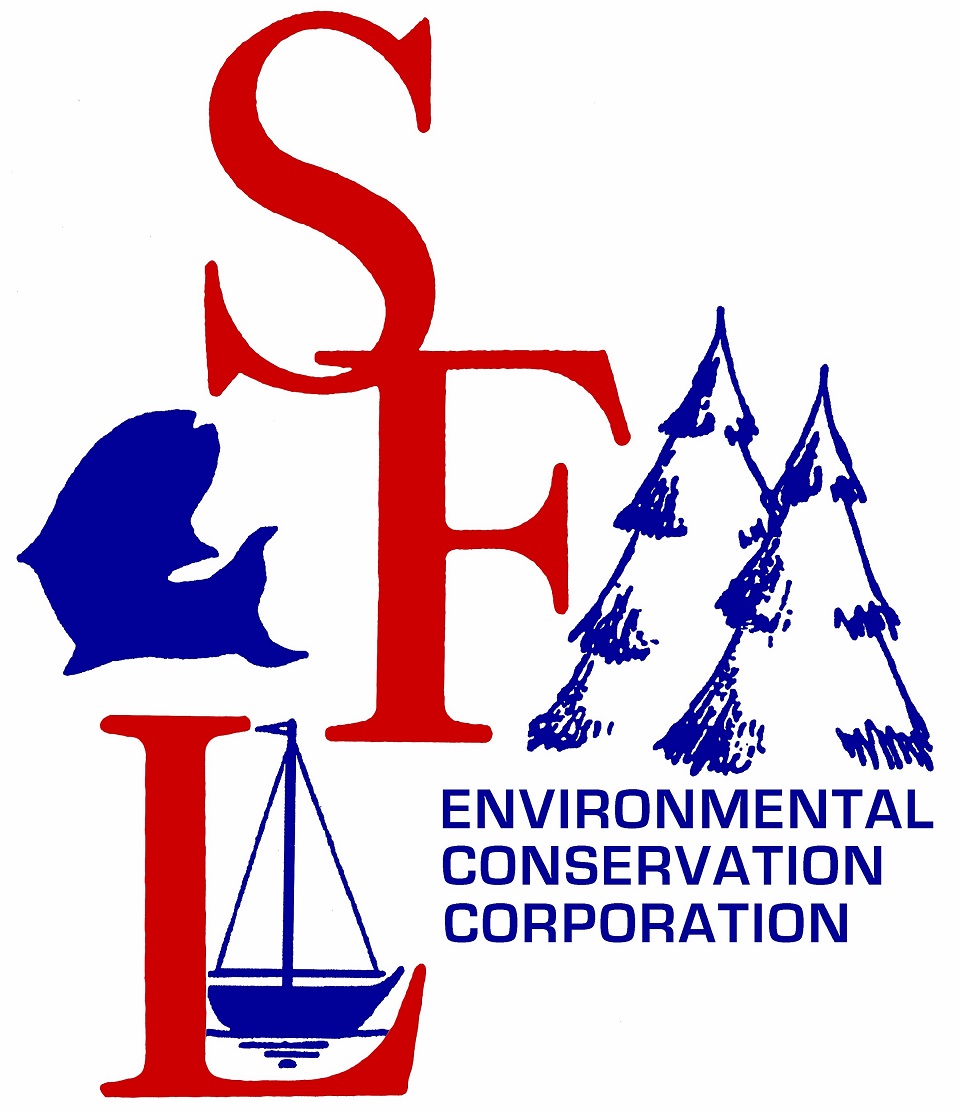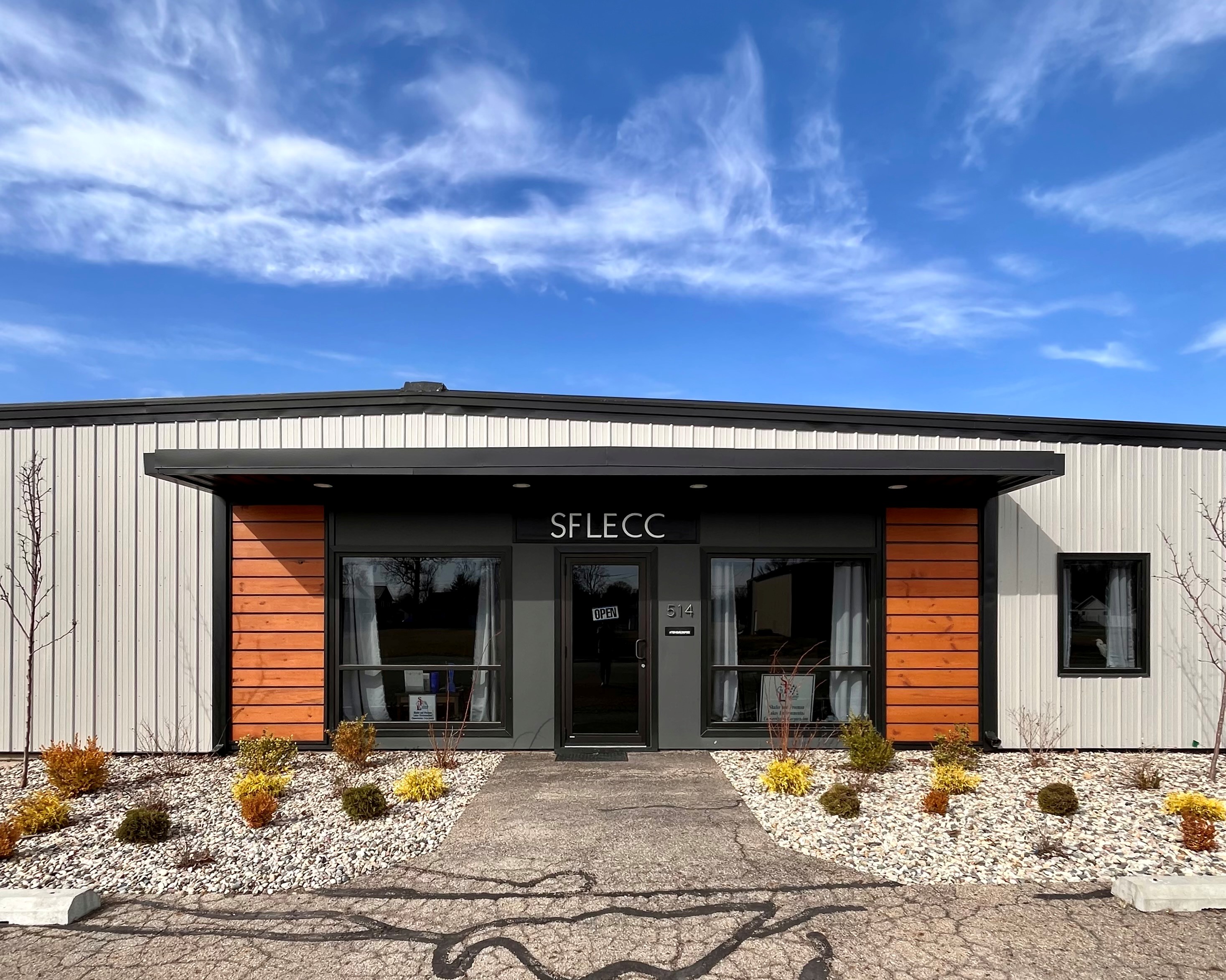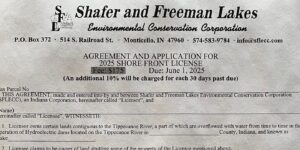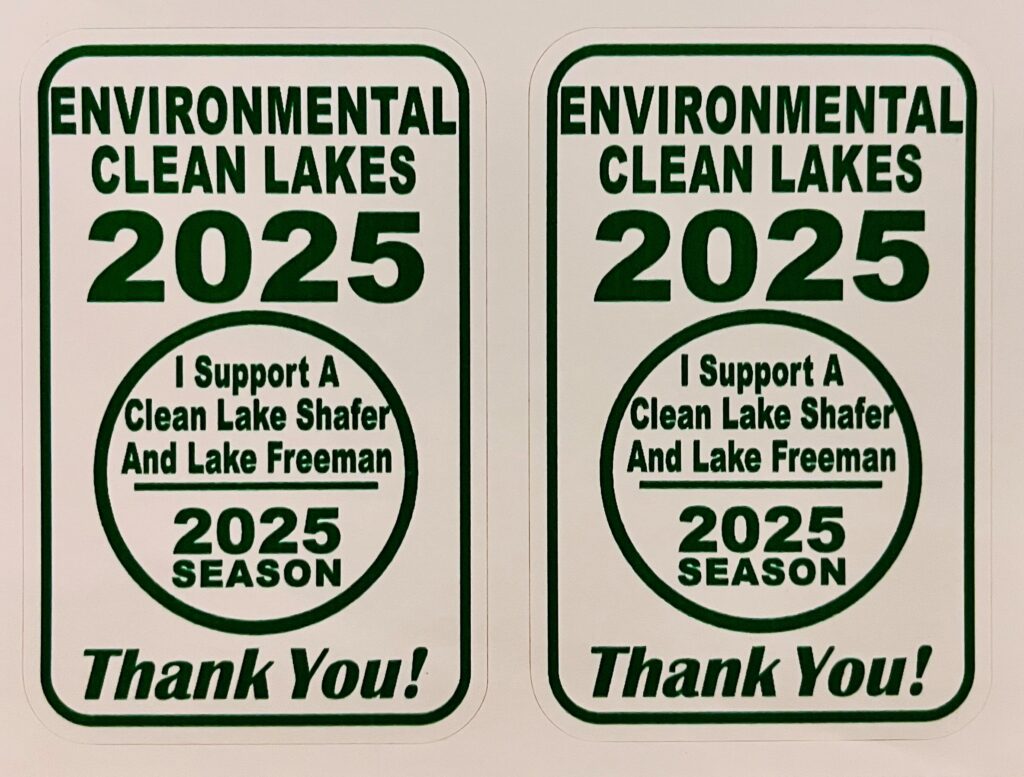Nearly 6 months after the October 5, 2020 hearing with the Federal Court, The Shafer and Freeman Lakes Environmental Conservation Corporation (SFLECC) received the opinion and order from the panel of judges that heard our case. “Unfortunately, it did not go 100% our way”, said John Koppelmann, Lake Level Task Force Chair, “but we still have an opportunity to impact the desired change.”
Excerpt from the Judges’ Opinion: “We otherwise find no error in the agencies’ expert scientific analyses. But we hold that the agencies failed to adequately explain why the new dam procedures do not violate a regulation prohibiting the Fish and Wildlife Service from requiring more than “minor” changes to the Commission’s proposal for dam operations. Because vacating the agencies’ decisions would subject the dam operator to contradictory legal obligations imposed by separate agencies, we grant the petition in part, deny the petition in part, dismiss the petition in part, and remand to the Commission without vacatur for further proceedings consistent with this opinion.”
What this means is that the Court found nothing wrong with the US Fish & Wildlife Service’s (FWS) use of Linear Scaling to determine the amount of flow out of Oakdale Dam during Abnormal Low Flow events. But, the court felt that both agencies, Federal Energy Regulatory Commission (FERC) and FWS, failed to determine if FWS’s requirements were a “minor” change to the operations of the Oakdale Dam. And thus, is sending the case back to FERC for FERC and FWS to determine if FWS’s Technical Assistance Letter (TAL) makes only a “minor” change to FERC’s staff alternative.
Under the Endangered Species Act (ESA), the FWS can prescribe in its Incidental Take Statement “reasonable and prudent measures” that it considers “necessary or appropriate to minimize” the impacts of any anticipated incidental take of an endangered or threatened species. See 16 U.S.C. § 1536(b)(4)(ii). By regulation, the FWS requires that any reasonable and prudent measures it proposes “cannot alter the basic design, location, scope, duration, or timing of the action and may involve only minor changes.” See 50 C.F.R. § 402.14(i)(2).
It is our understanding, that if FERC deems FWS’s mandates to be anything but minor in the way the Oakdale Dam is designed to operate as compared to FERC’s Staff Alternative, (which almost mirrored SFLECC’s proposal for revised Dam operations), FERC has the authority to amend the license to implement the Staff Alternative. That would be a significant relief to the Monticello and Twin Lakes community.
“Despite significant expert testimony to the contrary, we are disappointed that the Court felt FWS acted reasonably using the linear scaling method. Moving forward, we are hopeful that what happened to Lake Freeman in 2020 will illustrate to FERC that the changes are anything but ‘minor’,” stated Gabrielle Haygood, SFLECC Executive Director.
The Court will soon issue its formal Mandate to FERC, at which time, we will then learn the timelines involved in this process. Additionally, the change made to NIPSCO’s license with FERC in 2018 stands as we wait for additional FERC proceedings.
In the meantime, the SFLECC encourages those affected by the devastating 2020 Lake Freeman drawdown to do 2 things:
First, contact your Federal Legislator letting them know how it affected your property and the environment around your property and requesting them to contact FERC. Providing photos, especially comparison photos, will be very helpful;
Second, submit your comments with photos to FERC so they can see that FWS’s requirement is not a “minor” change and they can see firsthand how it affected your property and the environment around it. Comments by individuals on the issue may be sent to FERC in two ways: via eComment or via US mail. The eComment procedure is detailed at www.ferc.gov. Reference project P-12514. Comments by individuals sent by US Mail should be titled “Comment on Project P-12514”. Send to Secretary, Federal Energy Regulatory Commission, 888 First Street, NE, Washington, DC 20426. All comments sent to FERC may be viewed online at www.ferc.gov through their eLibrary.
CONTACT INFORMATION FOR FEDERAL LAWMAKERS:
- US Senator Mike Braun, B85 Russell Senate Office Building, Washington, DC 20510 (202)224-4814 https://www.braun.senate.gov/federal-agency-assistance
- US Senator Todd Young, 493 Russell Office Building, Washington, DC 20510 (202)224-5623 https://www.young.senate.gov/help/help-with-a-federal-agency
- US Representative Jim Baird, 532 Cannon HOB, Washington, DC 20515 (202)225-5037 https://baird.house.gov/…/help-with-a-federal-agency.htm
